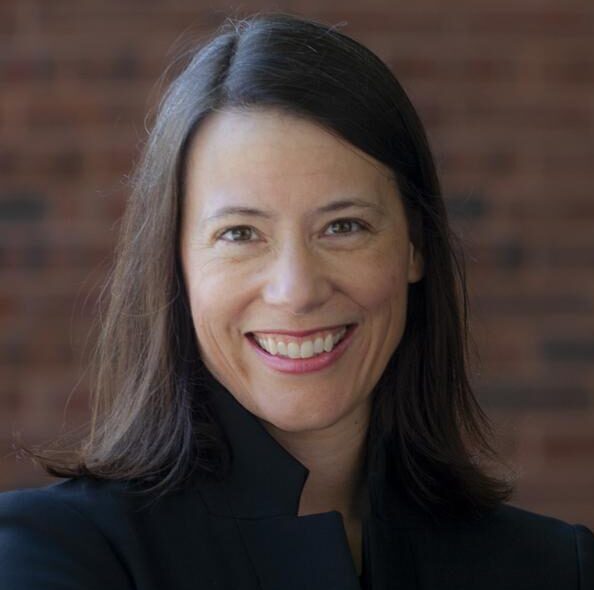A: Space, staff, and stuff… “You need all three, and if you don’t have one, it doesn’t matter if you have the other two.”
This quote from Michigan-based emergency physician Dr. Madshid Abir (NPR article link) highlights what it takes to keep a hospital system humming. Unfortunately, shortages across the three S’s have thrown numerous hospital systems into crisis mode. Consider this: In the past 2 weeks, more than 900 Mayo clinic staff in the Midwest have been diagnosed with COVID, resulting in calling retired clinicians back into service, reassigning research nurses to patient care, and reducing “elective” care (cite below).
Policymakers monitor strain across the three S’s with a summary metric: % of total hospital beds filled with COVID-19 patients. No metric is perfect, but this one’s pretty darn useful.
Here’s the skinny on this stat:
• It’s a leading indicator of COVID-19 deaths.
Work led by Drs. Pinar Karaca-Mandic and Dr. Anirban Basu (cite below) demonstrates that when this metric goes up, a rise in COVID-19 deaths follows a week later. The scientific term for this ability to serve as an accurate bellwether is “predictive validity” – and it’s among the most important hallmarks of a good metric.
• Rates above 10% trigger concern
From the NPR article: “Though there’s not a fixed threshold that applies to all hospitals, generally speaking, once COVID-19 hospitalizations exceed 10% of all available beds, that signals an increasing risk that the health care system could soon be overwhelmed, explains Sauer.
“We start to pay attention above 5%,” says Sauer. “Above that, 10% is where we think, ‘Perhaps we have to start enacting surge strategies and crisis standards of care in some places.'”
Crisis standards of care is a broad term for how to prioritize medical treatment when resources are scarce. In the most extreme cases, that can lead to rationing of care based on a patient’s chance of survival.”
Also important: Health care leaders keep an eye on both current bed capacity and trends in new community cases. Today’s exponential growth in cases translates into tomorrow’s hospital overwhelm.
• Think global, act local
Recall Tip O’Neill’s famous statement “all politics is local.” It holds for pandemic response, too. A pandemic by definition is a global event, but all outbreak surges are disproportionately felt locally. Consider El Paso, for example. Fully 40% (!!) of hospital beds were filled with COVID patients on November 10, compared to the Texas average of 11.3%.
Wrap-up:
The Nerdy Girls may be data geeks, but we’re human beings first. We don’t for a minute forget that at crisis levels every percentage point increase in this metric can translate into more nurses pushed beyond the brink, postponements of important surgeries, hospitals forced to turn away ambulances. Thank you to our health care heroes on the frontlines. What’s being asked of so many of you is unbearably hard. We see your sacrifice. And we’re listening to your voice.*
We’re also grateful for each and every person in the Dear Pandemic community who continues to stay SMART. Your daily efforts matter – they help protect the frontline.
SMART principles:
S – Space (6 feet or more)
M – Mask (Keep it on)
A – Air (Stay outside or in well-ventilated indoor spaces)
R – Restrict (Keep your social bubble small and sealed off)
T – Time (Keep interactions time-limited)
*Co-authored with Dr. Vinny Arora, a physician-leader at the University of Chicago Medicine and co-founder and CEO of IMPACT4HC, a clinician-led initiative advocating for evidence-based pandemic response policy.
References:
Mayo clinic staff re staff shortage
Scientific publication by Drs. Karaca-Mandic and Basu and team (also quoted in NPR article)
Selected Twitter threads on the personal and operational toll of hospital capacity overwhelm by Dr. Arora:


